The Ripple Effect
-News and Commentary-
Every era in America has had an enemy. Sometimes it’s clear, foreign governments, terrorist groups, opposing armies. But more often, it’s someone closer. A neighbor. A stranger. A face that doesn’t match the majority. The country needs fear to function; it needs a villain to justify the systems we’ve built.
Right now, that villain shifts shape every few months. It might be the immigrant. It might be the protestor. It might be the trans student. And when fear gets too thin to hold the spotlight on one group, we just stack them on top of each other and call it a “culture war.” But if you peel it back, it’s not really about culture. It’s about permission. Who gets permission to speak, to live, to rest, to resist.
And the fastest way to deny that permission is to rebrand those people as enemies of the state.
We’ve seen this before. Japanese internment. COINTELPRO. The war on drugs. The war on terror. And now, with social media algorithms and hyper-polarized politics, the targets are easier to find and harder to defend. Because now, it’s not just about who gets called dangerous; it’s about who gets forgotten after the headlines fade.
We’re going to look at how fear has been used to sell surveillance, justify crackdowns, and keep certain communities in a permanent state of defense. We’ll trace the evolution of American scapegoats, from red scares to Black radicals to Latinx migrants, and how the definition of “enemy” keeps expanding. Most importantly, we’ll ask: if they can make you the enemy, how long before your rights disappear with you?
Let’s break this down clearly: fear in America is more than just an emotion, it’s a currency. And politicians know how to spend it. Right now, fear is being weaponized to pass laws, silence dissent, and sell patriotism that only fits certain bodies. It’s how states justify banning books. It’s how cities justify overpolicing. It’s how school boards get away with erasing entire chapters of history because once someone’s been branded as dangerous, anything done to them starts to look like protection.
Think about how we talk about crime. Not just in headlines, but in algorithms, in talking points, in the way stories are framed. Crime becomes this floating specter that always seems to land on the same kinds of neighborhoods, the same kinds of faces. It’s not by accident. It’s by design. Look at how fast certain cities deploy military gear when a protest is Black-led, but keep it tucked away when the angry crowd is white and waving flags. That’s not enforcement, that’s narrative.
And the narrative always needs a target.
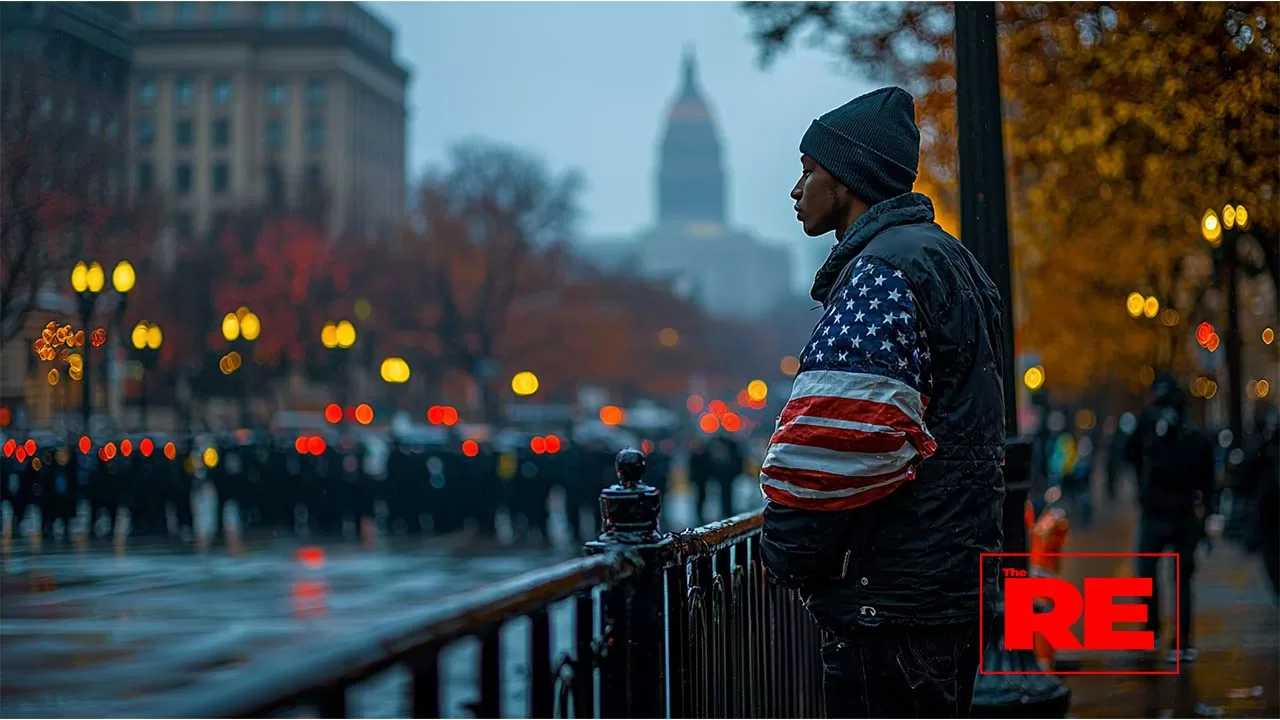
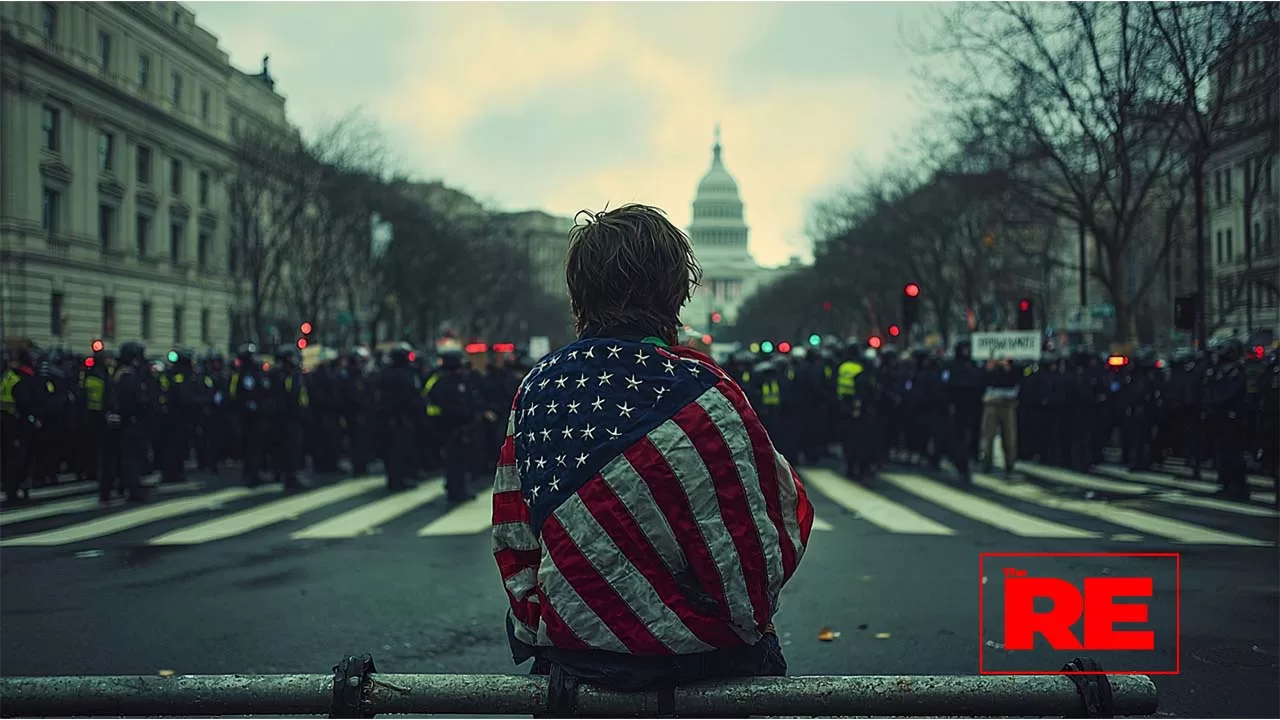
After 9/11, it was Muslims. After Ferguson, it was Black activists. During COVID, it was Asian Americans. Now it’s trans kids, migrants, and anyone who challenges the version of America that gets played on Fox News between car commercials. Fear isn’t just guiding policy, it’s shaping identity. Because once a group gets labeled as “a threat,” you can justify anything: more cops, less rights, silence in the name of safety.
This isn’t just abstract. This is lived. Families being watched. Kids being followed. Teachers being fired for teaching truth. Organizers being added to databases. The Patriot Act never went away, it just changed costume. Facial recognition software is being used in subways. Social media is being scraped by police departments. ICE is sharing data with Amazon Web Services. The same systems we thought were about convenience are now being used for surveillance, and it’s the same communities that always end up overexposed and under-protected.
The impact is that people no longer feel safe being seen. They lower their voice when speaking a second language. They avoid the doctor because of paperwork. They delete posts. They stop protesting. That’s not freedom. That’s fear management. It’s how you turn a democracy into a watchlist. It’s how you teach people that survival means silence.
And what’s most dangerous is how we’ve been taught to accept it. Wrap it in the flag. Say it’s for the children. Call it tradition. Blame the other side. We’re so busy yelling at each other over culture wars that we don’t see the infrastructure of control being built underneath us. And once it’s there, it’s not going away quietly.
Because this isn’t about one law, one group, or one president. This is about how easy it is to lose your rights when someone else gets to decide you’re a threat.
Here’s what nobody wants to admit, fear has always been America’s favorite tool. Not unity. Not justice. Not progress. Fear. Fear sells the war. Fear justifies the budget. Fear gets you to click the headline, support the crackdown, question the protest. And the beauty of it, for the people in power—is that it doesn’t have to be accurate. It just has to be loud.
Once someone becomes the villain in a national narrative, they lose access to compassion. They stop being human and start being data. They’re “illegals.” They’re “thugs.” They’re “gender ideology.” And it doesn’t matter how wrong it is. Once the public buys the fear, the state gets a blank check.
And that check keeps cashing. Because fear builds institutions. It built internment camps. It built stop-and-frisk. It built “zero tolerance” immigration raids. And now it’s building bans on teaching Black history. Bans on trans athletes. Bans on drag shows. Surveillance on Muslim mosques. Harassment of asylum seekers. Criminalization of homelessness. We are watching targeted fear become national policy; one headline at a time.
What’s even more sinister is how we wrap it in patriotism. The flag doesn’t just wave; it distracts. It tells the public, “We’re doing this for your safety.” And if you question it, you’re “un-American.” The same flag that flew over Japanese internment camps flew over the Capitol on January 6th. That’s not an accident. That’s the duality baked into our national identity, freedom for some, control for the rest.
We’ve been trained to believe that dissent is dangerous and obedience is noble. And now we’re watching a generation of kids grow up with their rights limited before they even understand what rights are. Trans kids. Immigrant kids. Black kids. Kids with undocumented parents. Kids in neighborhoods being swallowed by gentrification. They’re being taught, very early, that visibility is risky. That truth is controversial. That identity is something to be monitored.
And that’s the real cost of living in a fear-based nation. Not just the policies. Not just the politics. But the culture that says you are not safe unless you are silent. That teaches people to swallow their voice just to survive.
So let’s break it down—the 5W’s. The forward-facing truth.
Who needs to care?
Anyone who’s ever been seen as “too loud,” “too different,” or “too much” for the system they live in.
What’s next?
As fear gets normalized, the targets get broader. First it’s immigrants. Then it’s queer folks. Then it’s books. Eventually, it’s you.
When will it matter again?
The moment a new tragedy is exploited for control. The next time someone weaponizes a crime or a headline to justify a crackdown.
Where’s it headed?
Into classrooms, libraries, courtrooms, social media, and your own data history. Fear doesn’t stop. It multiplies.
Why is it bigger than it looks?
Because once enough people believe the threat is real, the state doesn’t need proof to act. It only needs permission. And fear gives it every time.
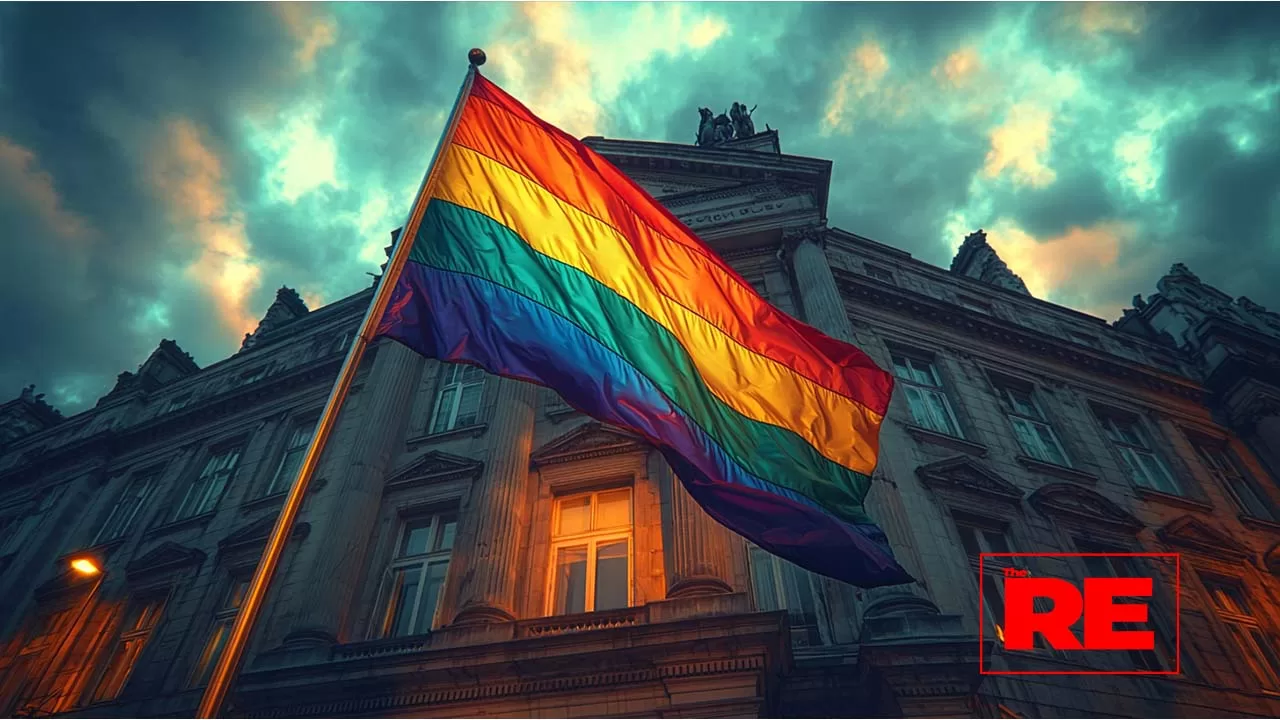
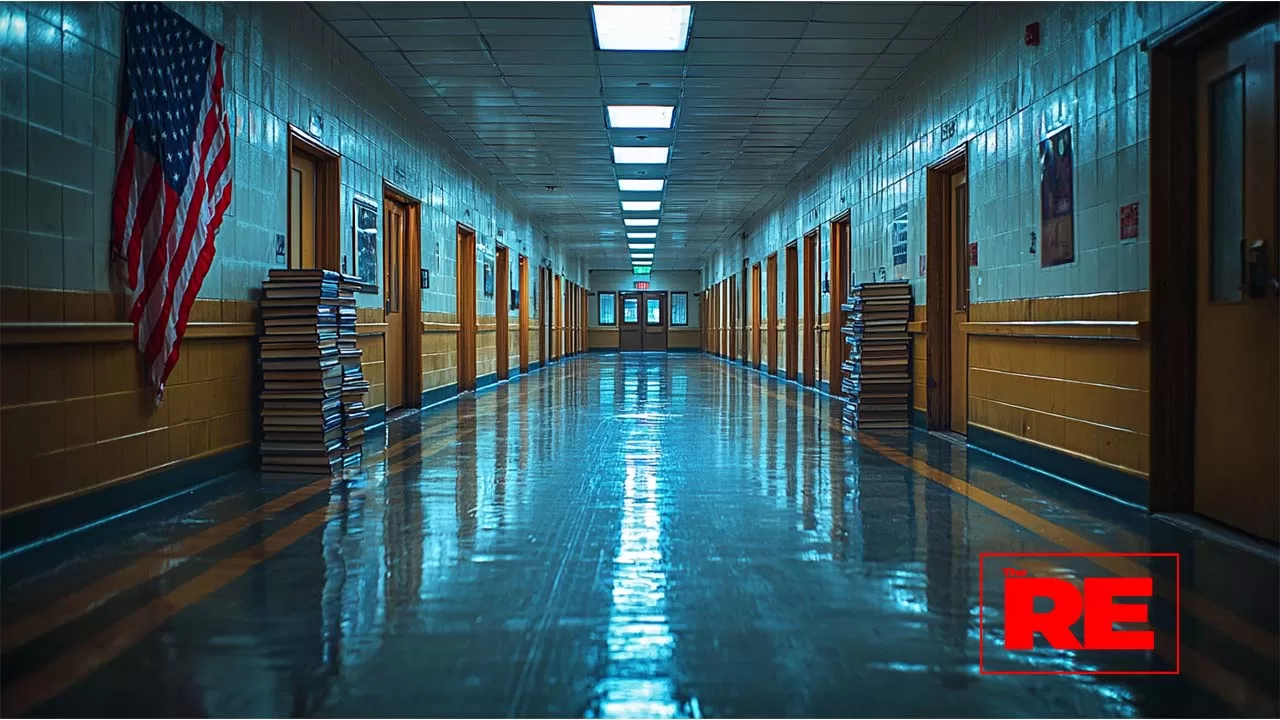
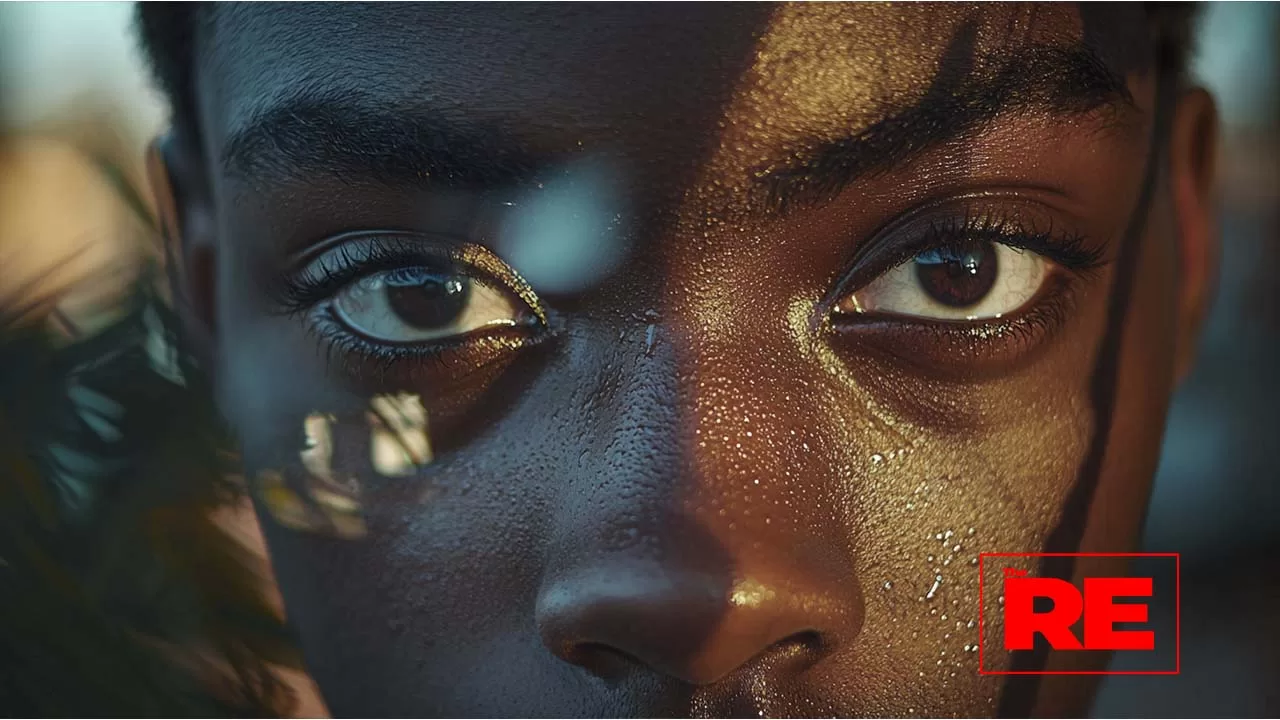

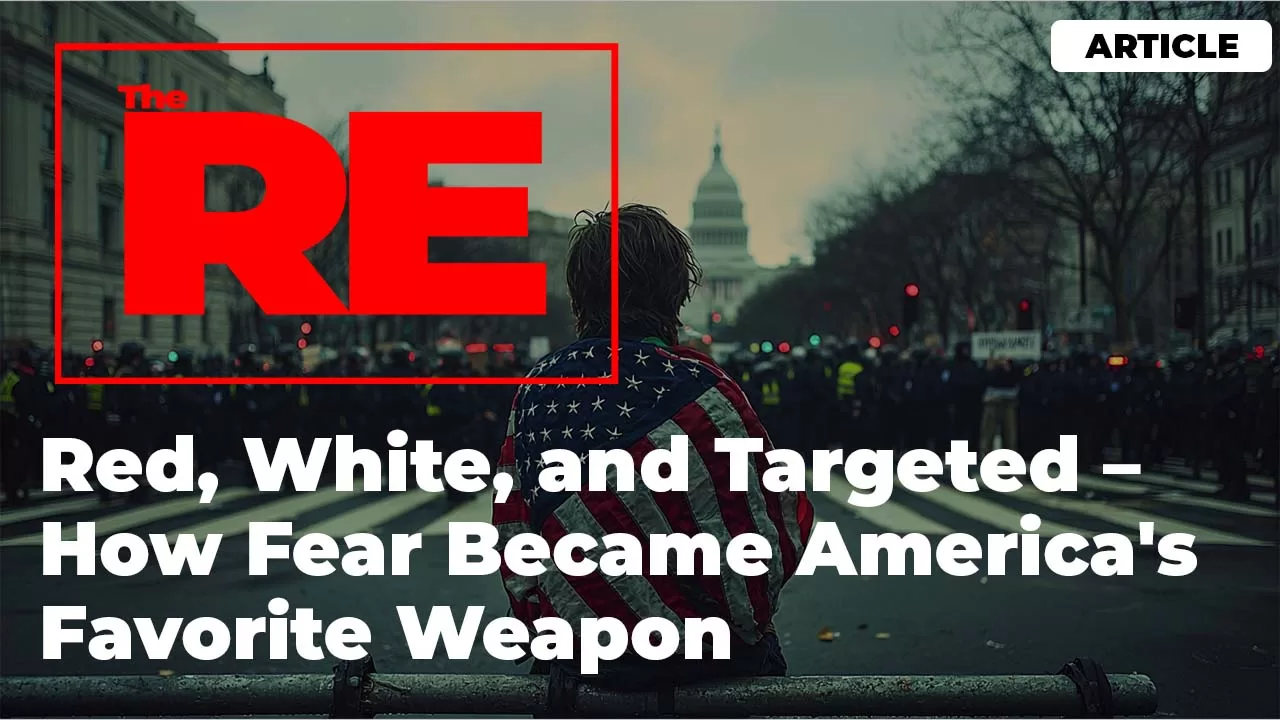
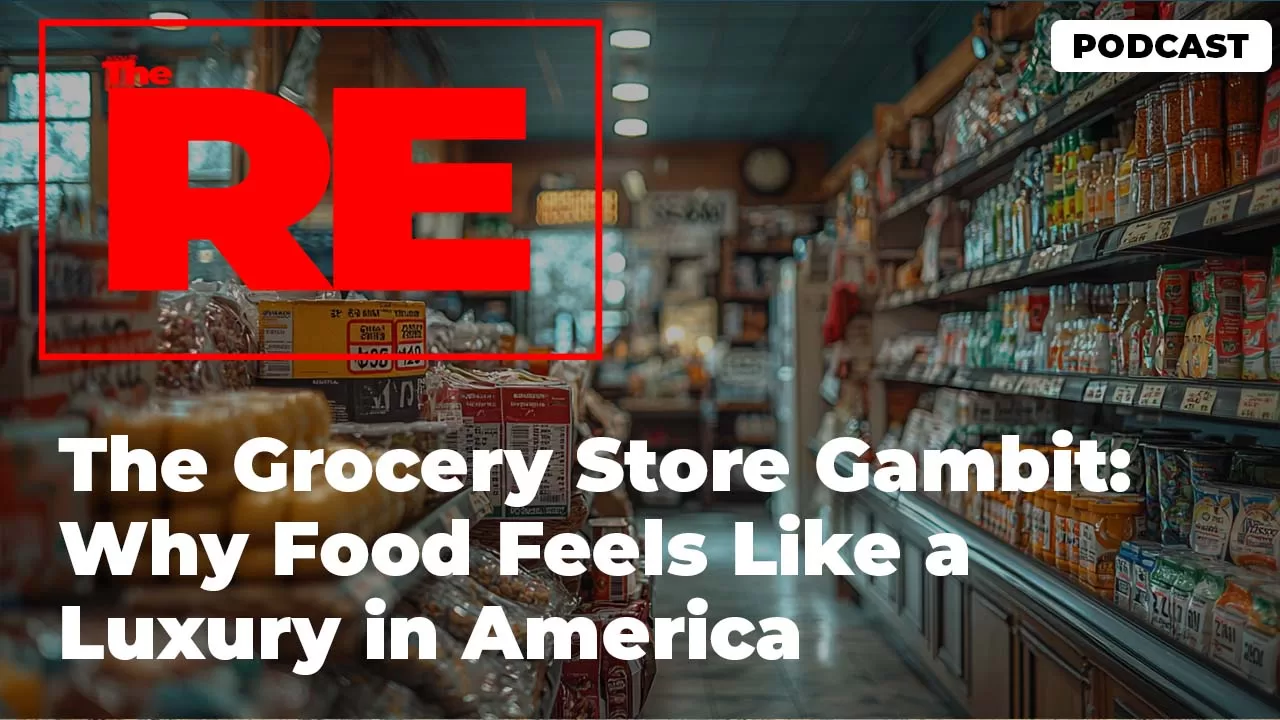
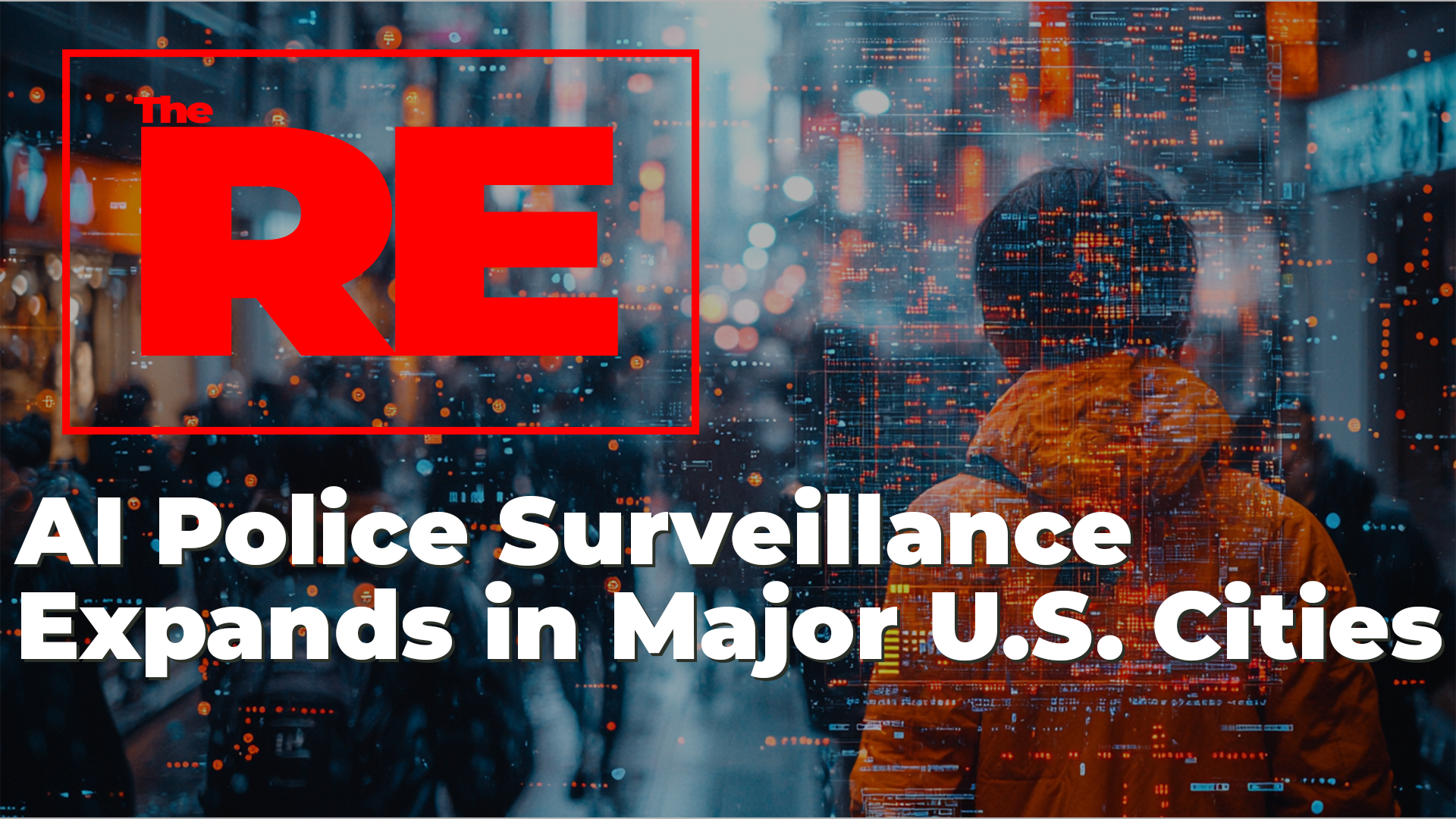
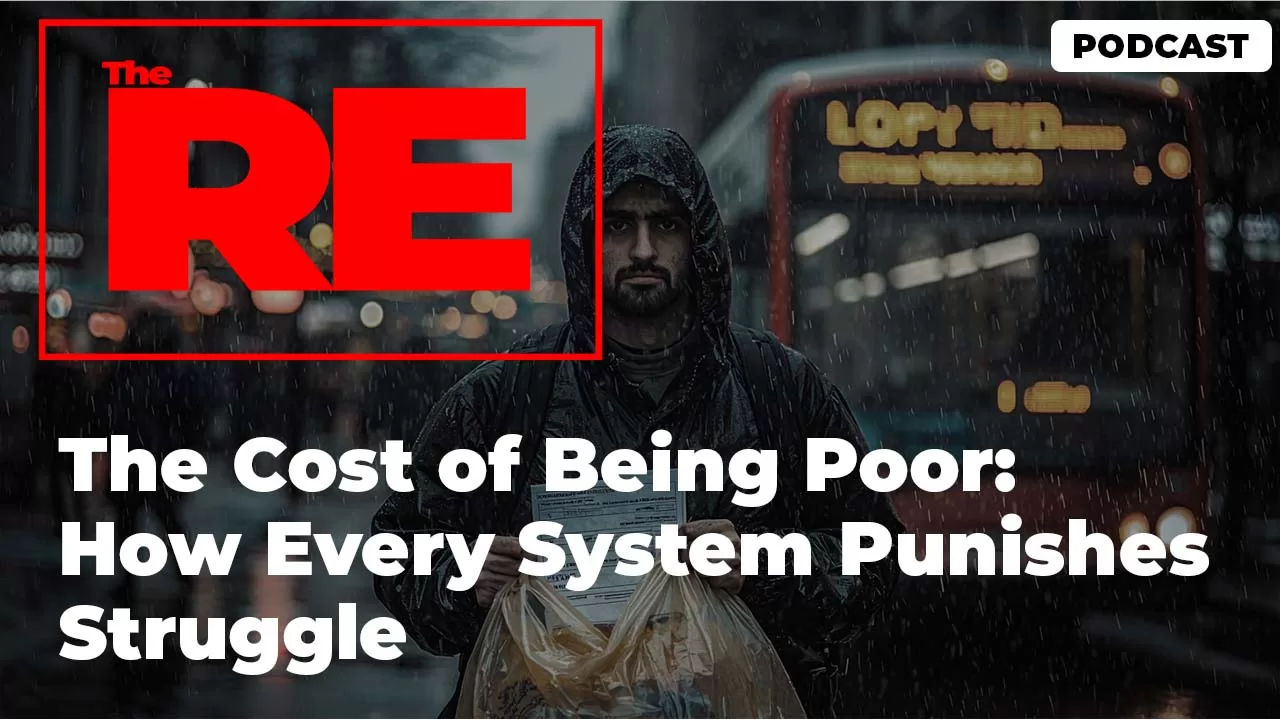

 and then
and then